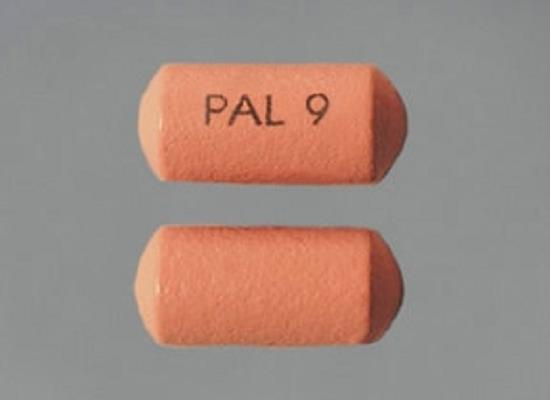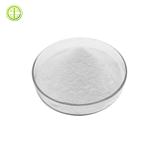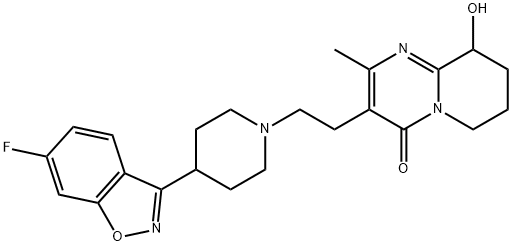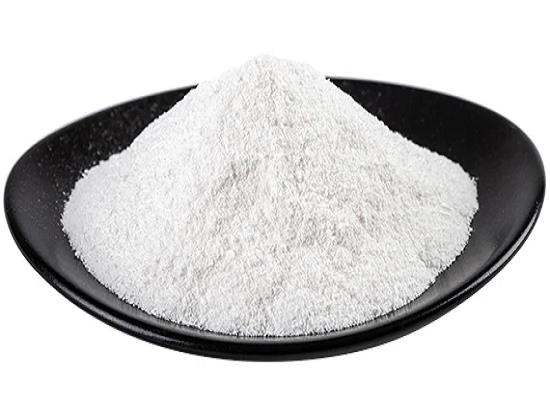Paliperidone: pharmacokinetics and activities in animal models of schizophrenia
General Description
Paliperidone is an antipsychotic medication used to treat psychiatric disorders. It exhibits complex pharmacokinetics due to its chiral nature. Both enantiomers show comparable pharmacological and pharmacokinetic profiles. Paliperidone is well-absorbed orally but has limited penetration across the blood-brain barrier. It undergoes extensive metabolism and is primarily excreted in feces. In animal models, paliperidone has been shown to reduce hyperlocomotor activity induced by stimulants and stabilize the response to amphetamine in neurodevelopmental models of schizophrenia. Furthermore, paliperidone has demonstrated the ability to prevent or reverse schizophrenia-like behavior. Further research is needed to optimize dosing and fully understand the mechanisms of action.

Figure 1. Tablet of paliperidone
Pharmacokinetics
Paliperidone is a medication used to treat psychiatric disorders such as schizophrenia and bipolar disorder. It exhibits complex pharmacokinetics due to its chiral nature and unique molecular structure. When administered, paliperidone exists as two enantiomers, namely (+)-paliperidone and (-)-paliperidone. In dogs and rats, there is a higher abundance of (-)-paliperidone, while in humans, the trend is reversed. Nevertheless, both enantiomers show comparable pharmacological and pharmacokinetic profiles based on in vitro and in vivo studies. The absorption of paliperidone is effective after oral administration. Paliperidone exhibits different tissue distribution characteristics compared to its precursor drug, risperidone. Peak concentrations are found in various tissues such as spleen, kidney, lung, liver, plasma, and brain. However, the concentration of paliperidone in brain tissue is lower compared to peripheral tissues, indicating limited penetration across the blood-brain barrier. This is attributed to the lower lipophilicity of paliperidone compared to risperidone. Metabolism studies in rats and dogs indicate that paliperidone undergoes extensive biotransformation, mainly through hydroxylation, N-dealkylation, and benzisoxazole scission. The major excretion route is through feces, with a smaller proportion excreted in urine. The metabolic pathways observed in animals are similar to those in humans. 1
Activity in animal models of schizophrenia
Locomotor activity
Paliperidone is a medication commonly used as an antipsychotic drug. Its effect on locomotor activity has been tested and compared to other antipsychotic drugs in various studies. In a study, mice were given paliperidone orally at a dose of 0.73 µmol/kg. It was found that paliperidone significantly decreased hyperlocomotor activity induced by MK-801, a stimulant. The decrease in activity was observed from 25 to 85 minutes after administration. Comparatively, risperidone, another antipsychotic drug, showed a significant reduction in hyperlocomotor activity from 0 to 90 minutes after administration. The antipsychotic-like activity of paliperidone and risperidone was further investigated in rats induced with hyperlocomotor activity by D-amphetamine. Single injections of both paliperidone (0.8 mg/kg) and risperidone (0.8 mg/kg) inhibited hypermotility, with significant effects observed from 30 minutes to 2 hours after administration. No apparent differences in activity between the two drugs were observed. Continuous injection of paliperidone at certain doses resulted in stable, low latency on the bar test, while risperidone-treated rats showed significant fluctuations in latency. These findings suggest that stable plasma concentration of paliperidone may provide consistent antipsychotic efficacy and reduce motor side effects compared to fluctuating plasma concentrations of risperidone. 2
Neurodevelopmental models of schizophrenia
Neurodevelopmental models of schizophrenia involve prenatal maternal exposure to certain factors that can affect fetal brain development and potentially lead to schizophrenia. These models are often studied in animals and can provide insights into the mechanisms and treatment options for schizophrenia. Studies have investigated the effects of risperidone and paliperidone, both antipsychotic drugs, in these neurodevelopmental models. Risperidone and paliperidone administration to rat offspring prenatally exposed to poly I:C stabilized their response to amphetamine, potentially linked to the long-term stabilization of the mesolimbic dopamine system. Paliperidone also demonstrated the ability to prevent or reverse psychopathology in mice prenatally challenged with LPS. These behavioral experiments showed that paliperidone treatment prevented deficits in reflex, sensorimotor, and anxiety behavior associated with schizophrenia-like behavior. These findings suggest that paliperidone treatment may hold promise in preventing psychiatric illnesses, particularly schizophrenia. However, further research is needed to fully understand the mechanisms and optimize the dosage for maximum efficacy. 3
Reference
1. Wesołowska A, Jastrzębska-Więsek M, Cios A, Partyka A. The preclinical discovery and development of paliperidone for the treatment of schizophrenia. Expert Opin Drug Discov, 2020, 15(3):279-292.
2. Marchese G, Pittau B, Casu G, et al A comparison of continuous subcutaneous paliperidone infusion and repeated subcutaneous injection of risperidone free-base in rats. Eur Psychiatry, 2010, 25:92–100.
3. Roenker NL, Gudelsky G, Ahlbrand R, et al Effect of paliperidone and risperidone on extracellular glutamate in the prefrontal cortex of rats exposed to prenatal immune activation or MK-801. Neurosci Lett, 2011, 500:167–171.
You may like
Related articles And Qustion
Lastest Price from Paliperidone manufacturers

US $0.00/kg2025-05-16
- CAS:
- 144598-75-4
- Min. Order:
- 1kg
- Purity:
- 98%
- Supply Ability:
- 1000kg

US $0.00-0.00/Kg/Bag2025-04-21
- CAS:
- 144598-75-4
- Min. Order:
- 1Kg/Bag
- Purity:
- 0.99
- Supply Ability:
- 20 tons



